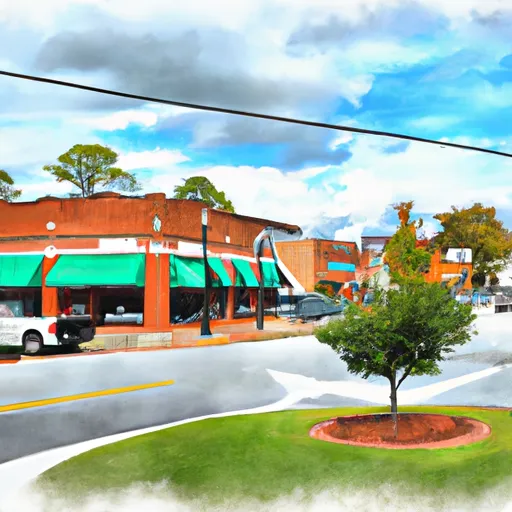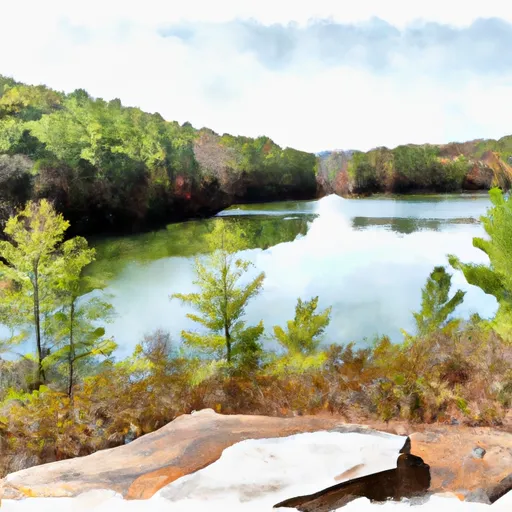°F
°F
mph
Windspeed
%
Humidity











Bartow, Georgia is a small town located in Jefferson County. The climate in Bartow is classified as humid subtropical, with hot summers and mild winters. The area receives an average annual rainfall of 49 inches, with occasional flooding occurring in the nearby Ogeechee River. The hydrology constituents in Bartow include the Ogeechee River, which provides fishing and boating opportunities for residents and visitors. Outdoor recreation opportunities in Bartow include hunting, fishing, hiking, and camping in the nearby Ogeechee Wildlife Management Area. The area also features historic sites such as the Old Bartow Cemetery and the Old Mount Carmel Methodist Church.
Weather Forecast
Bartow receives approximately 1145mm of rain per year, with humidity levels near 86% and air temperatures averaging around 18°C. Bartow has a plant hardyness factor of 8, meaning plants and agriculture in this region tend to thrive here all year round.
Regional Streamflow Levels
705
Cubic Feet Per Second
84
Cubic Feet Per Second
514
Cubic Feet Per Second
39
Cubic Feet Per Second
Nearby Camping
| Camping Area | Reservations | Toilets | Showers |
|---|---|---|---|
| Pointes West Military - Fort Gordon | |||
| Mistletoe State Park | |||
| Clay Hill - Strom Thurmond Lake | |||
| Falling Rocks County Park | |||
| Raysville - Strom Thurmond Lake | |||
| Winfield - Strom Thurmond Lake |



